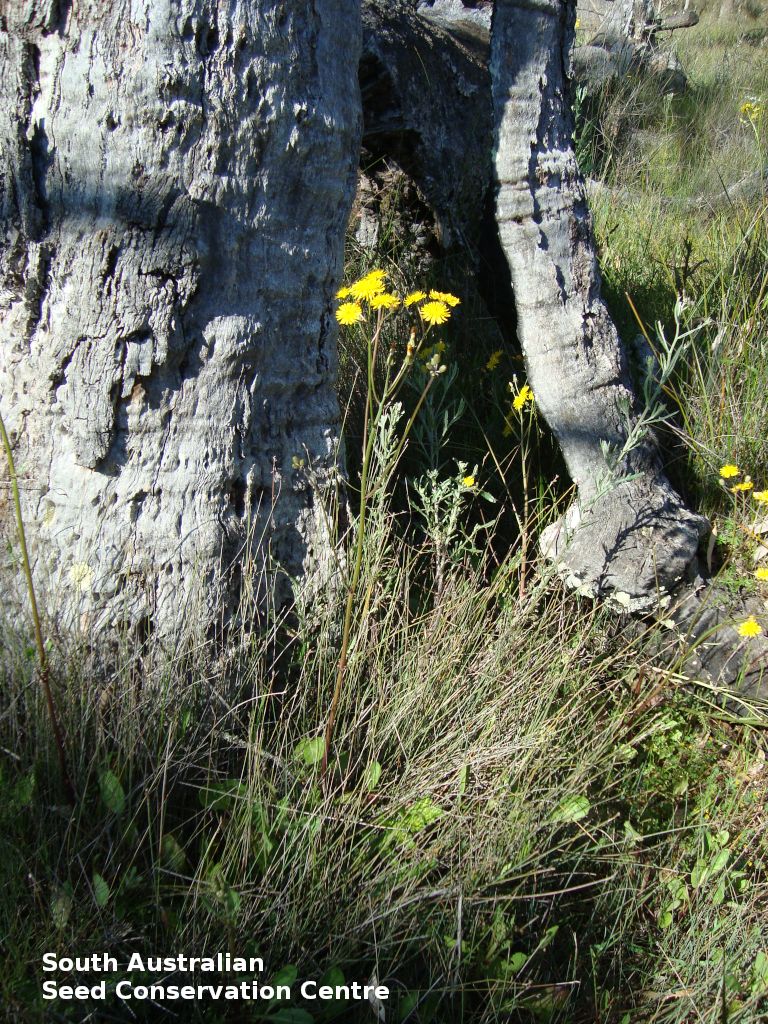
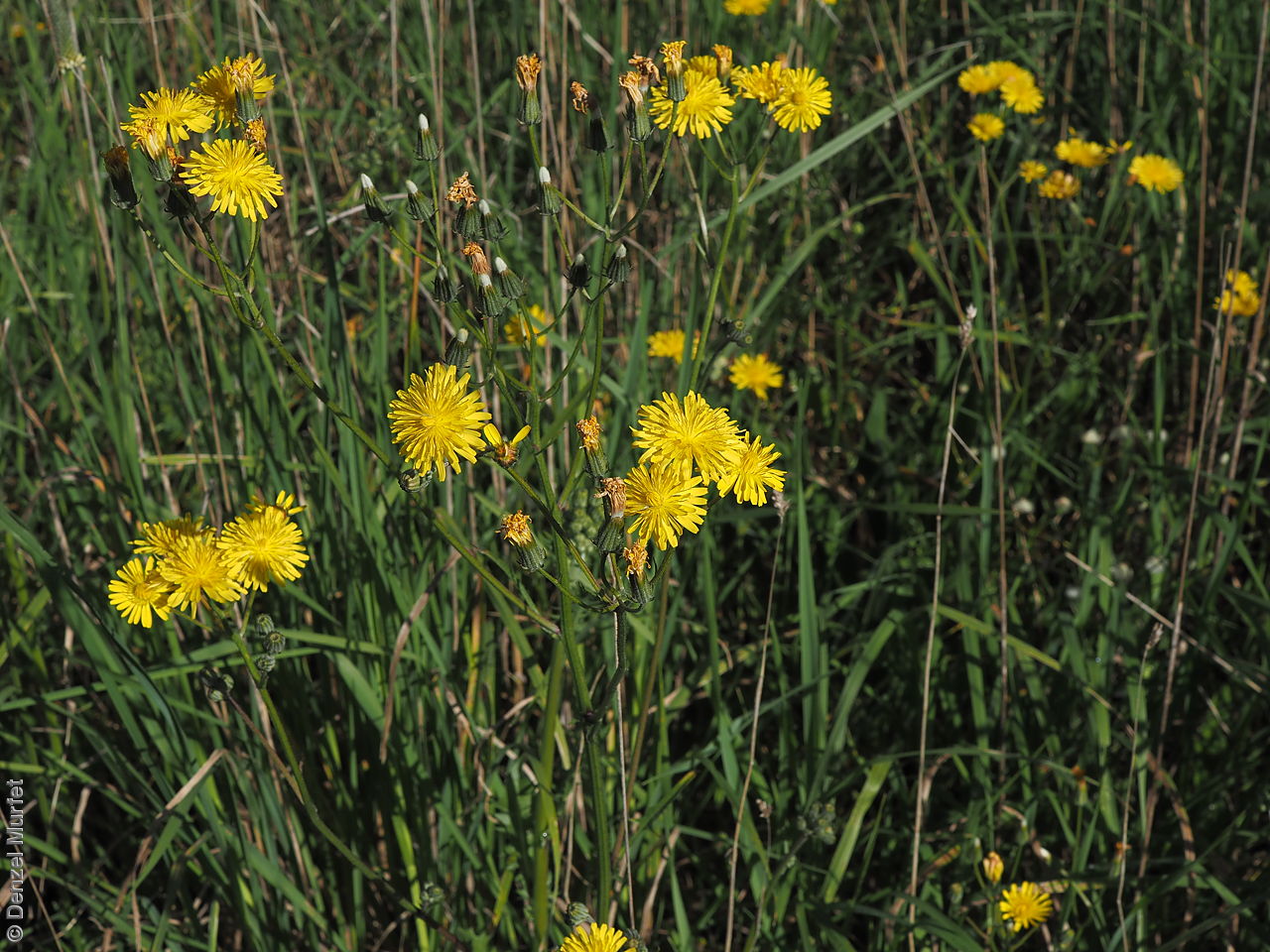
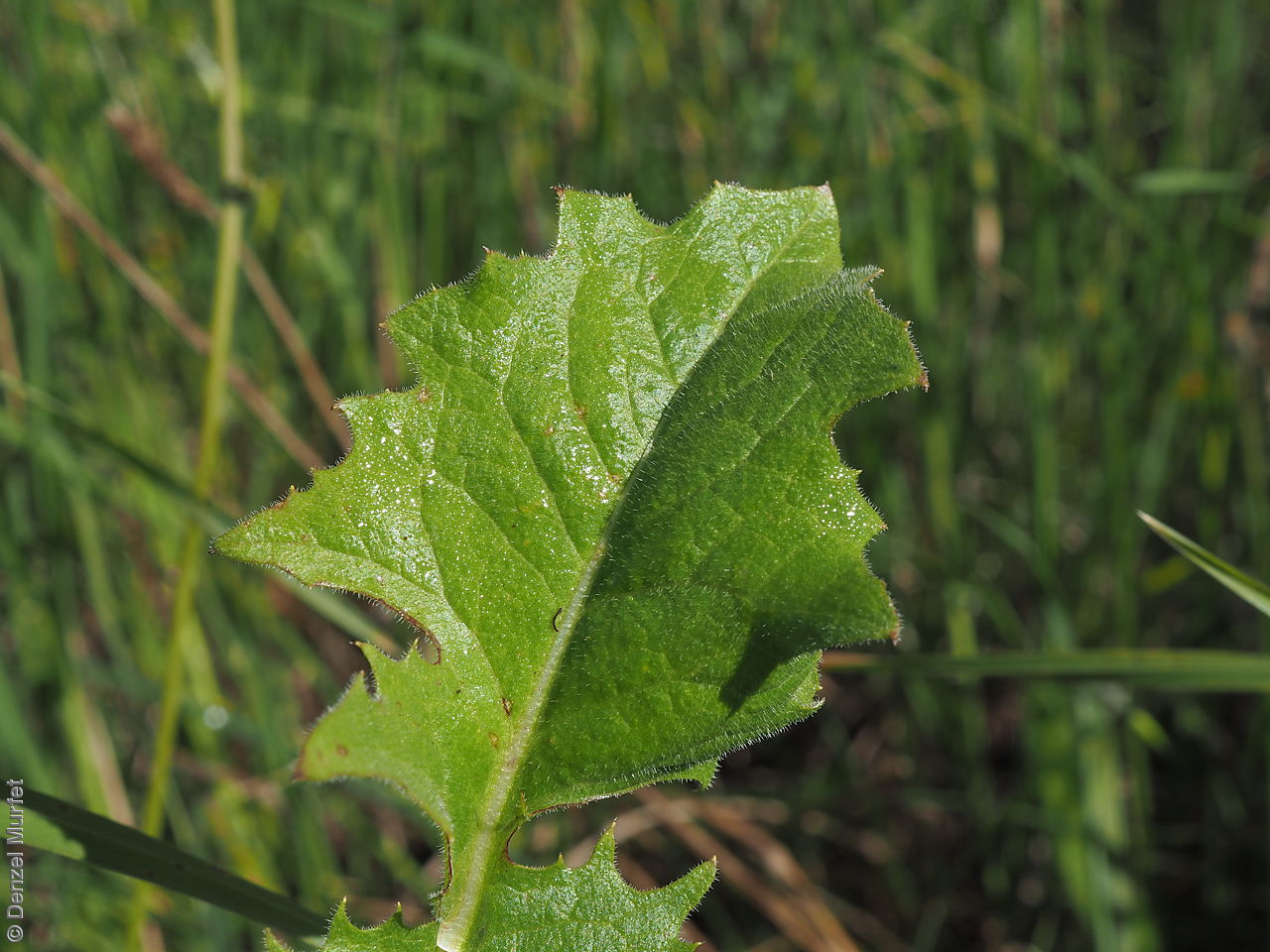
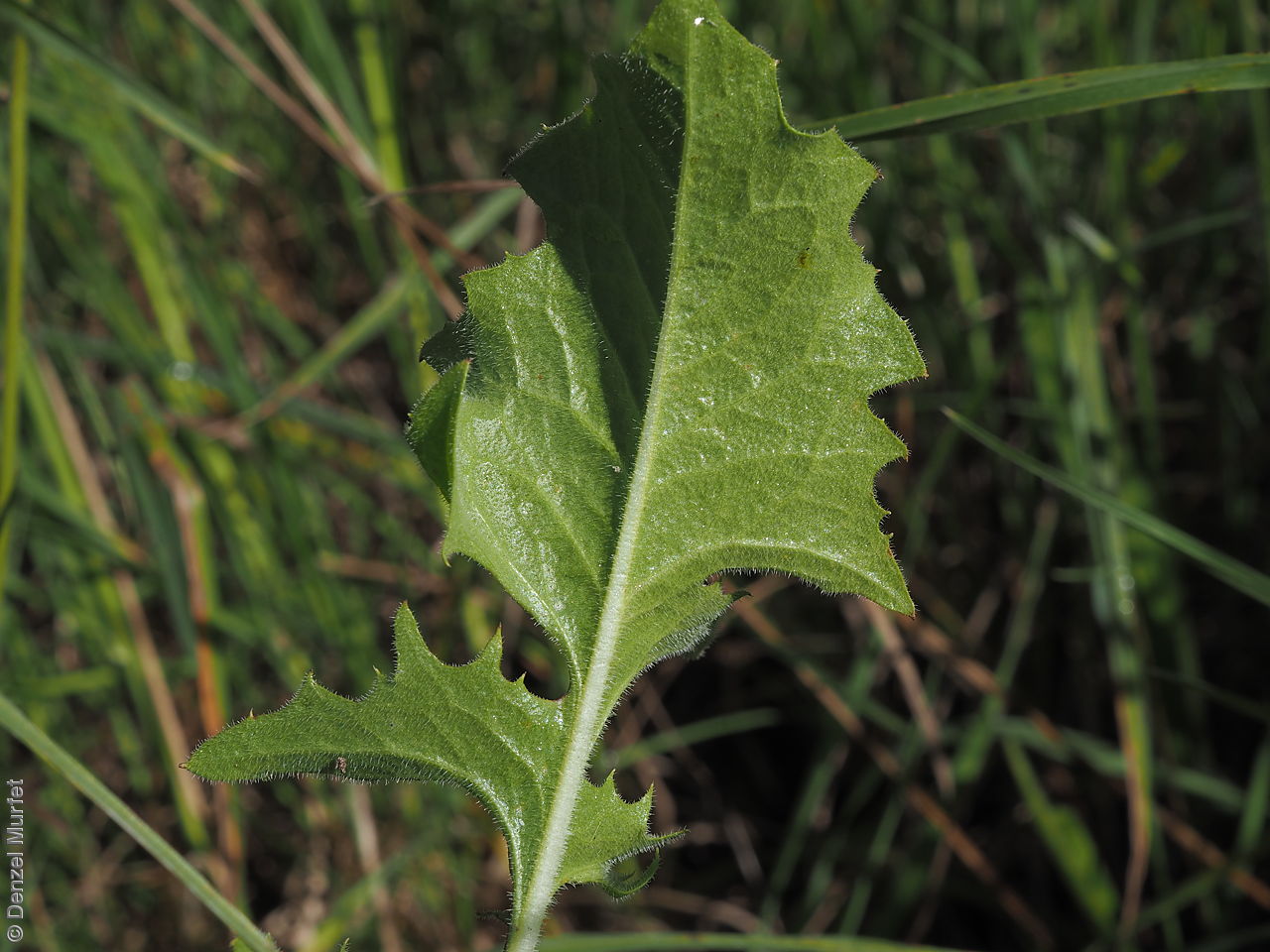


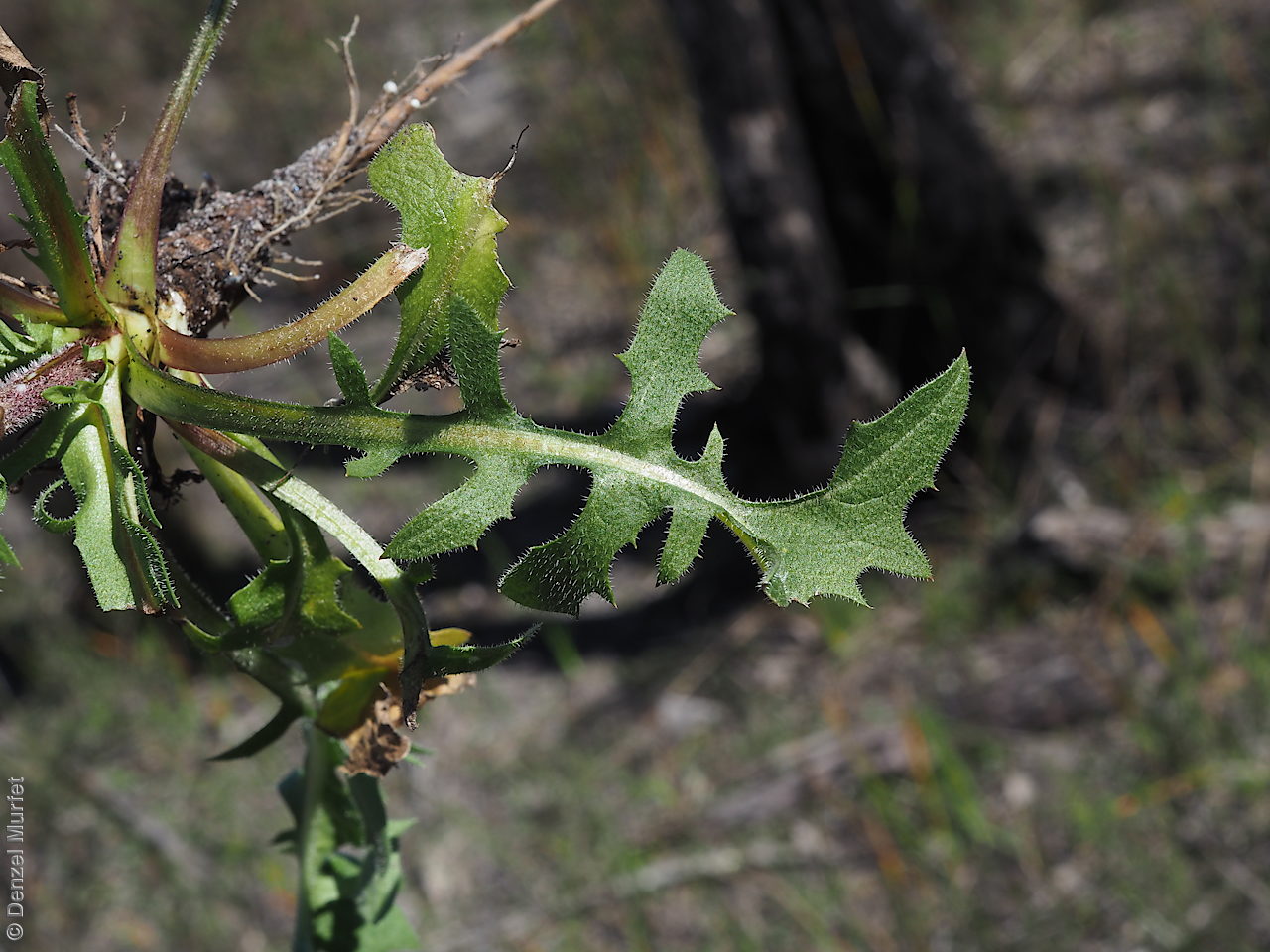
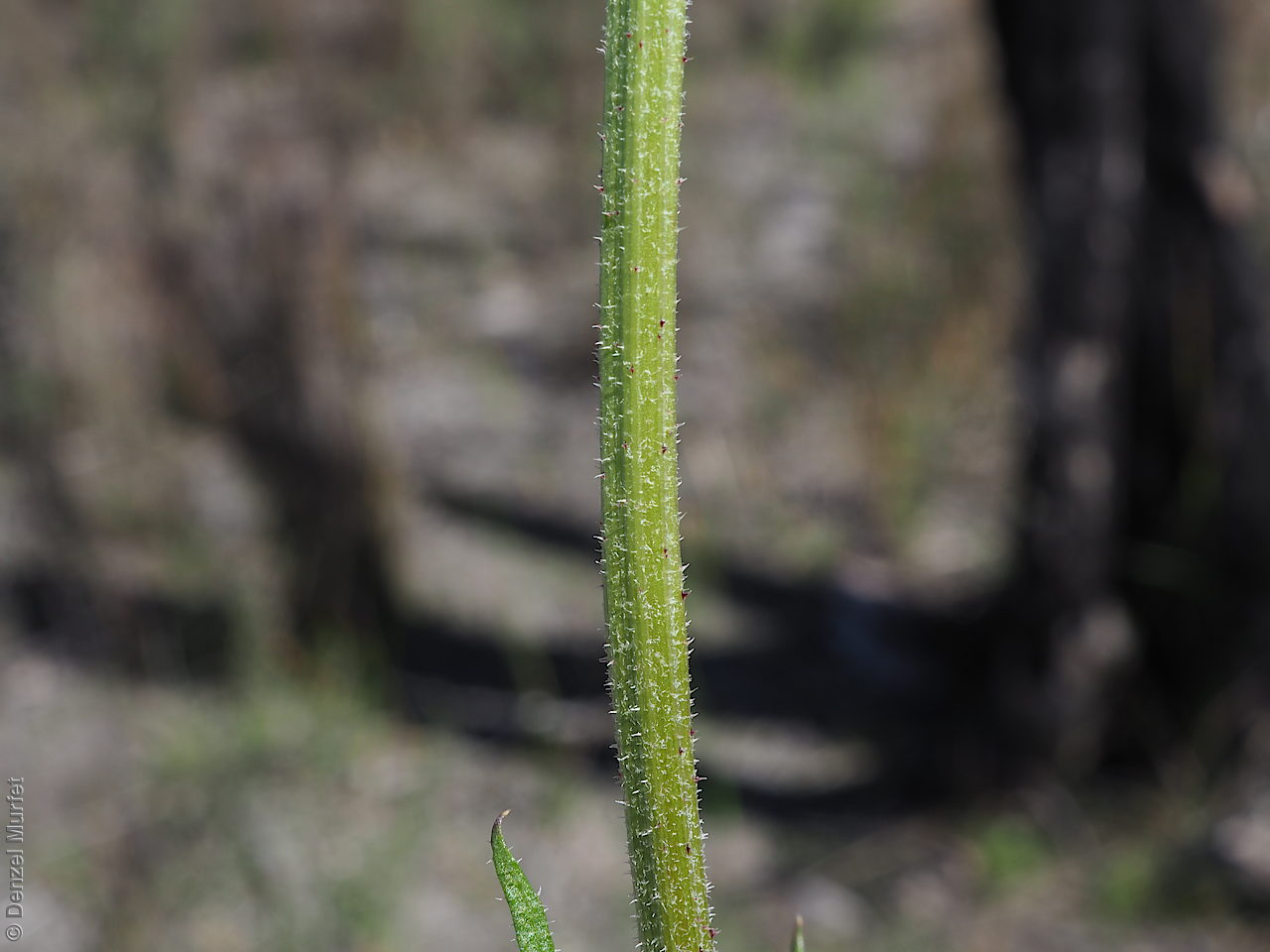
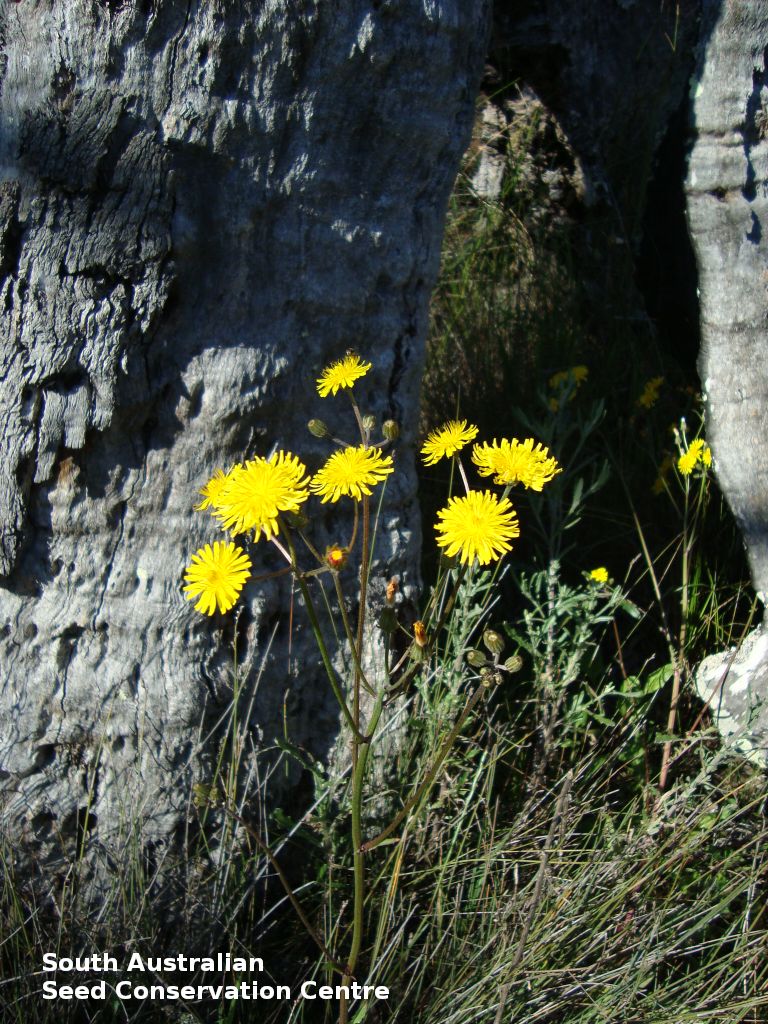
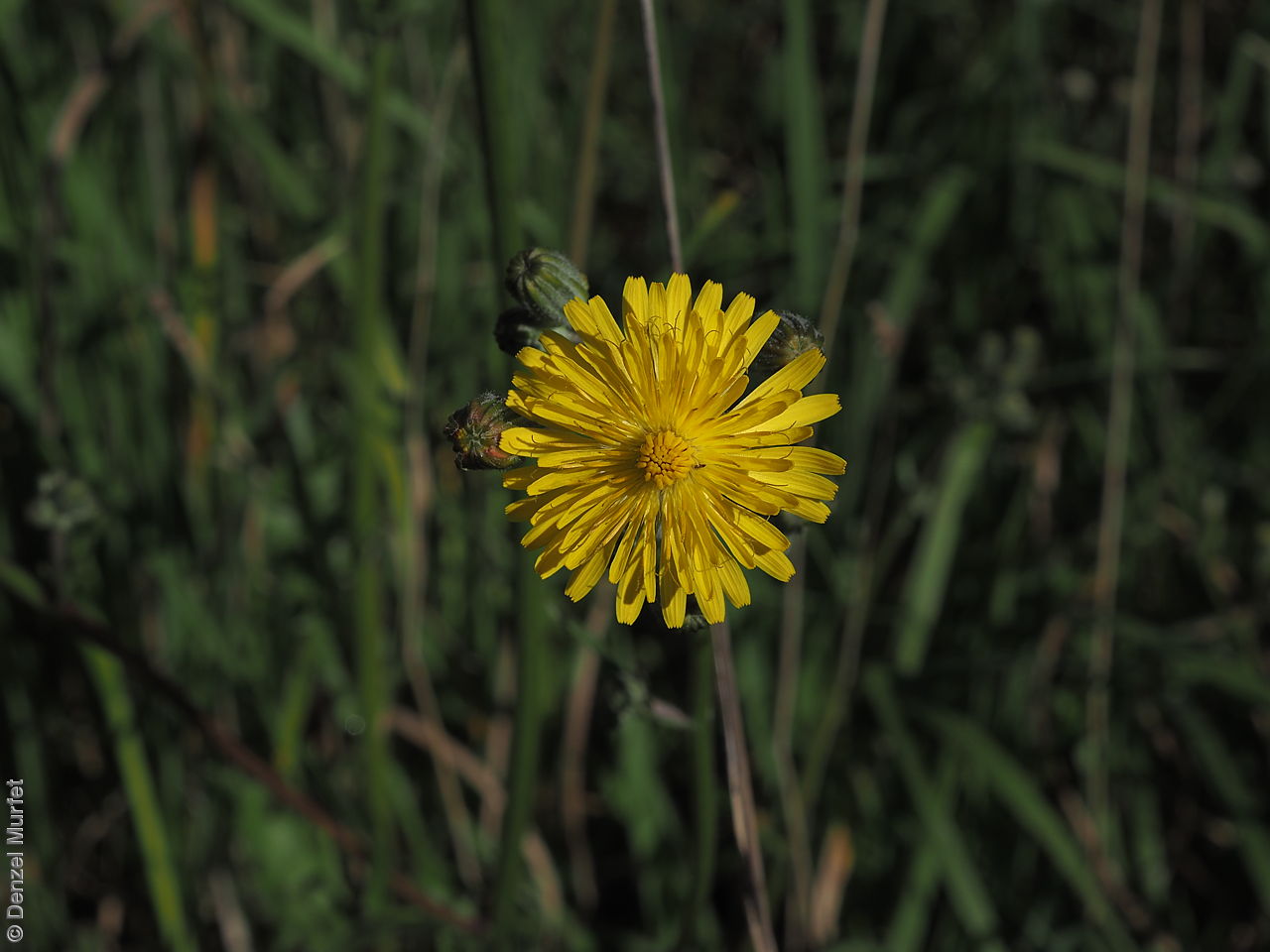


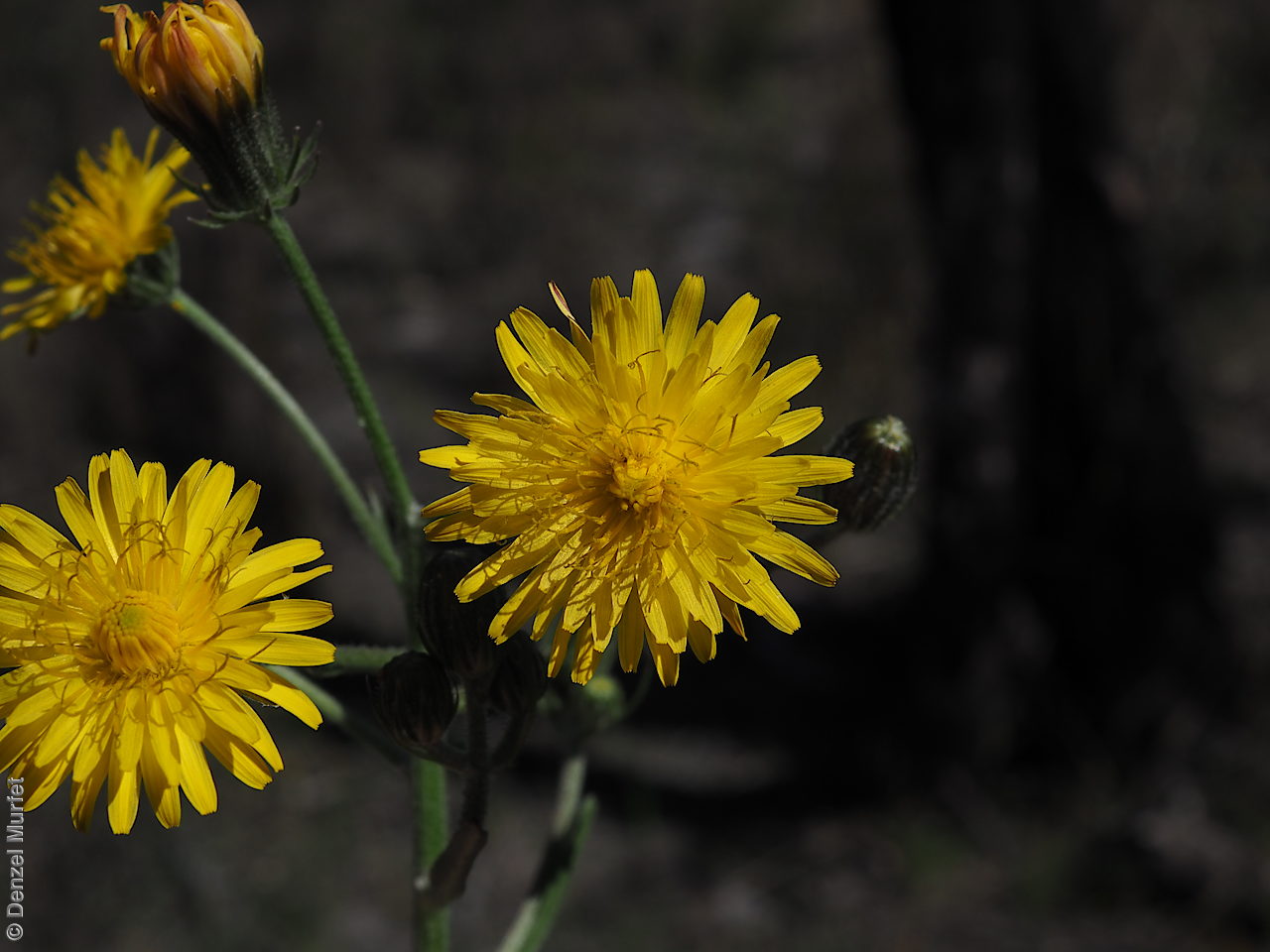
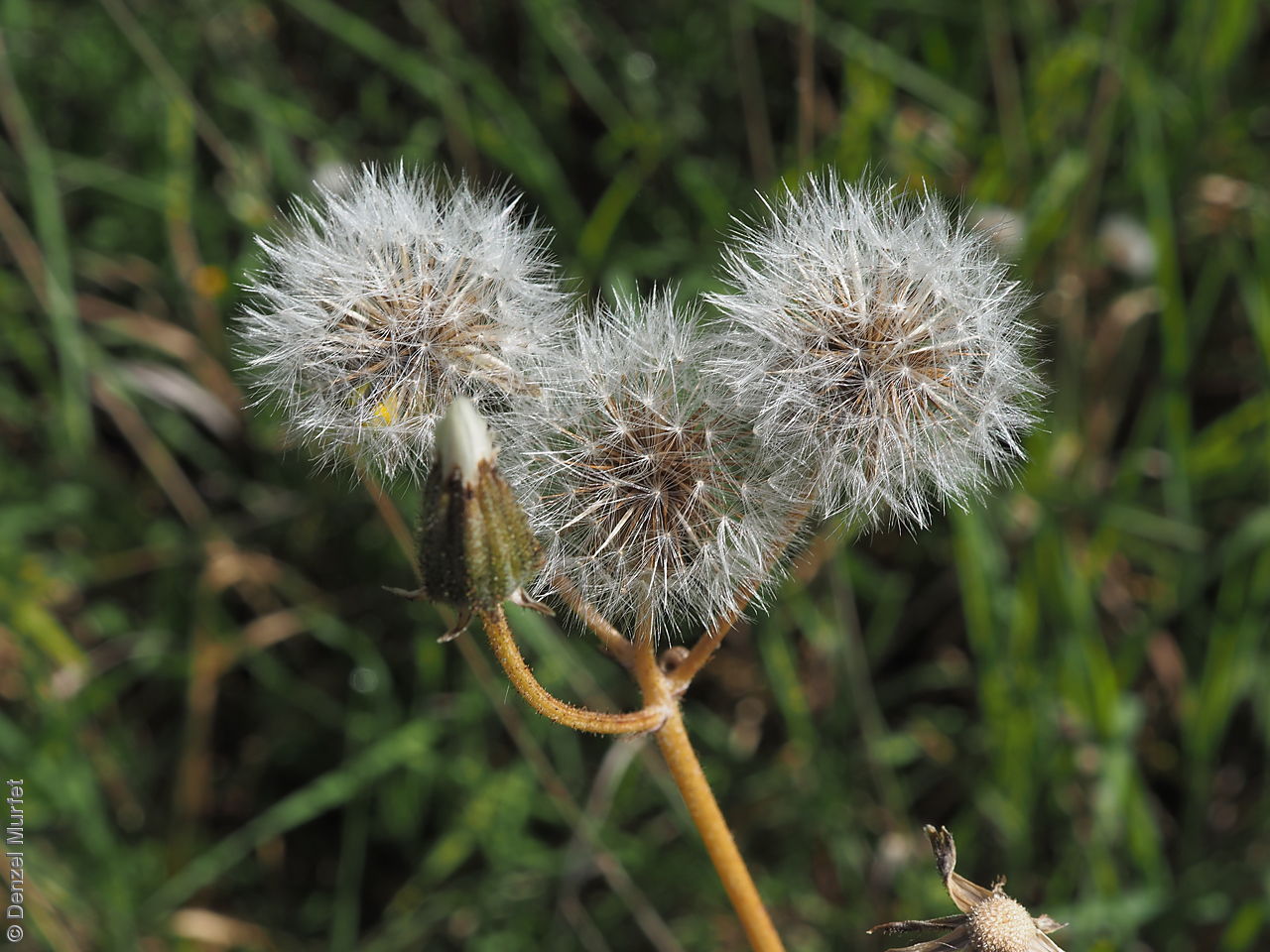
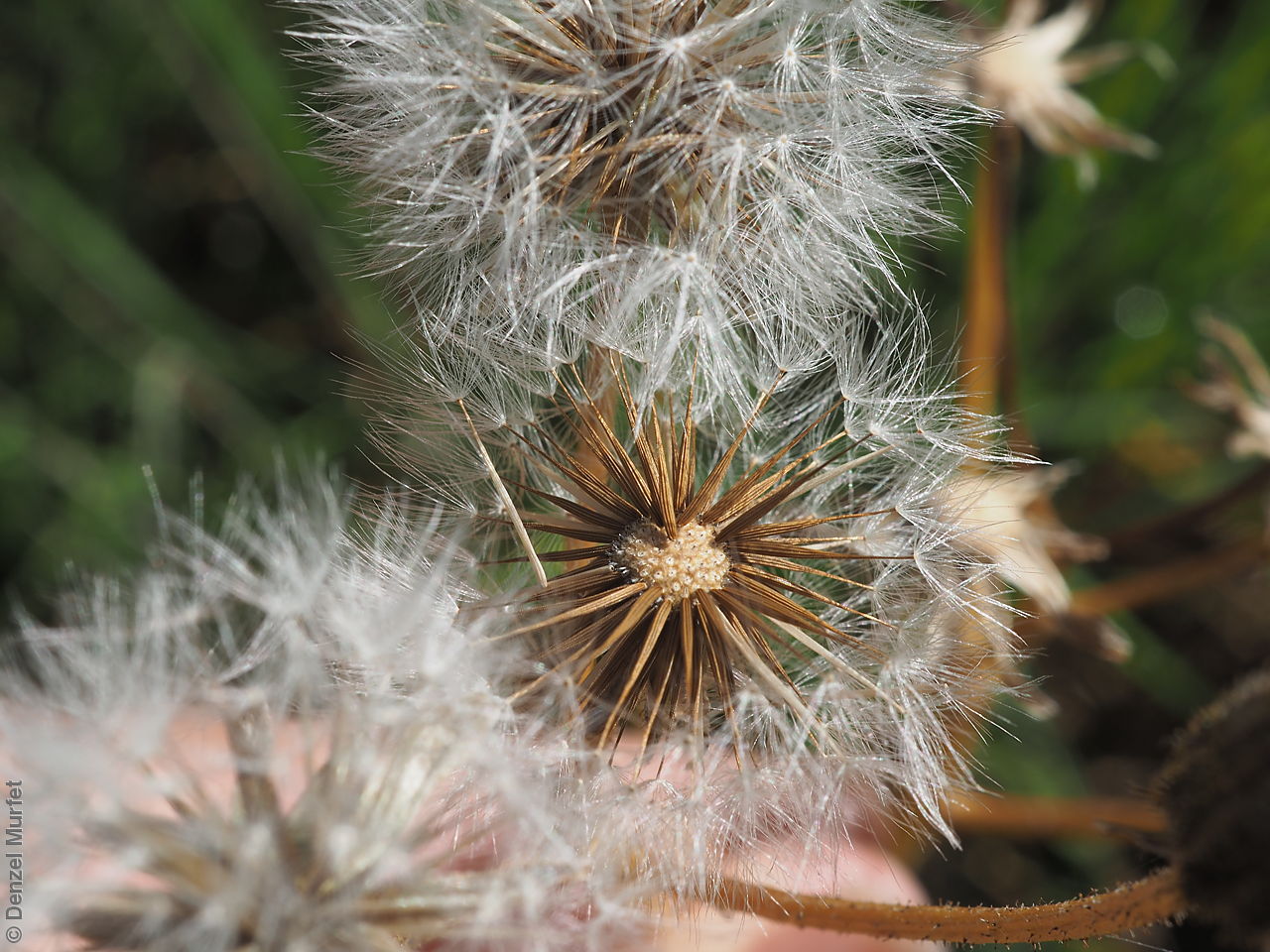
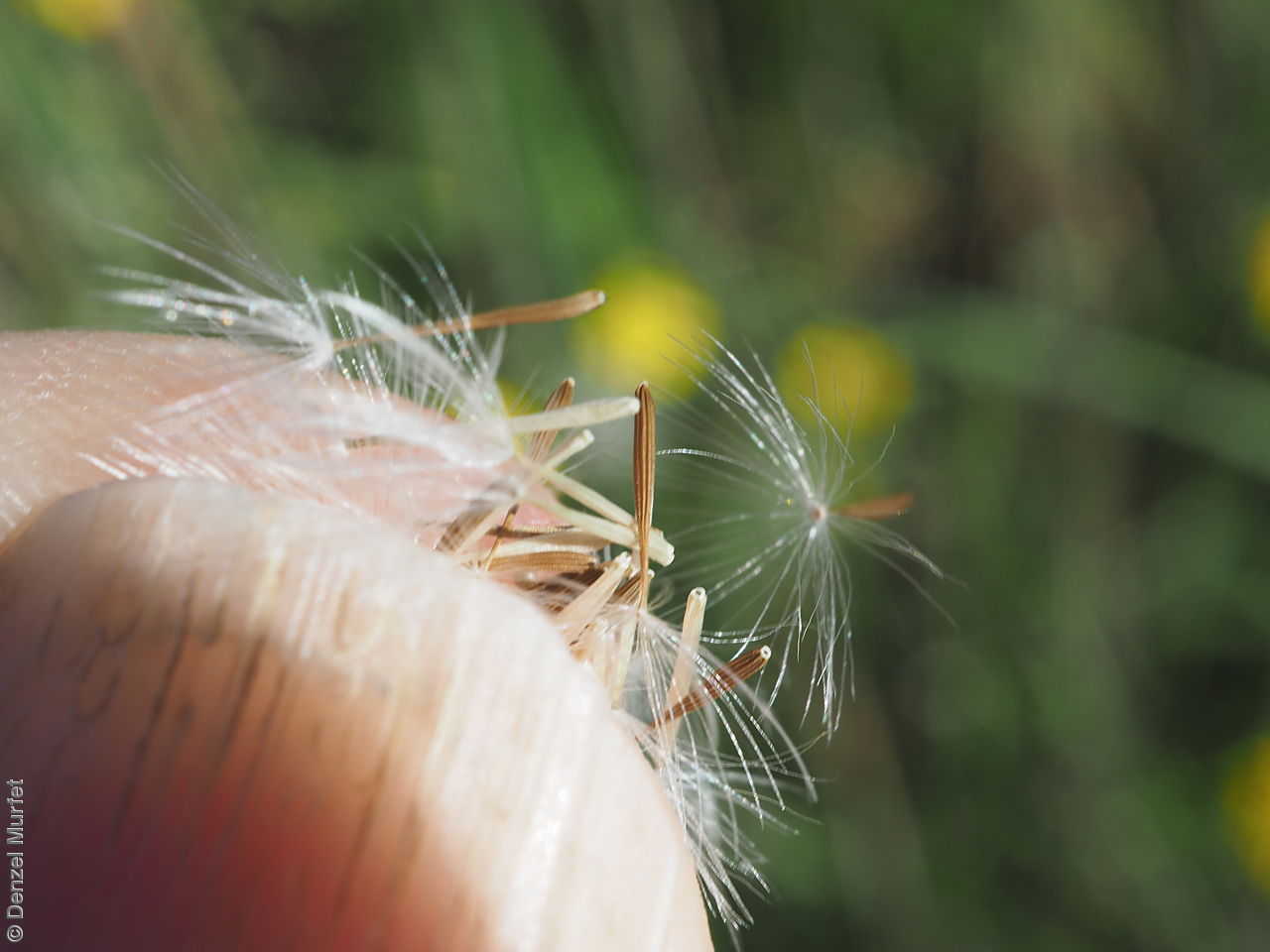

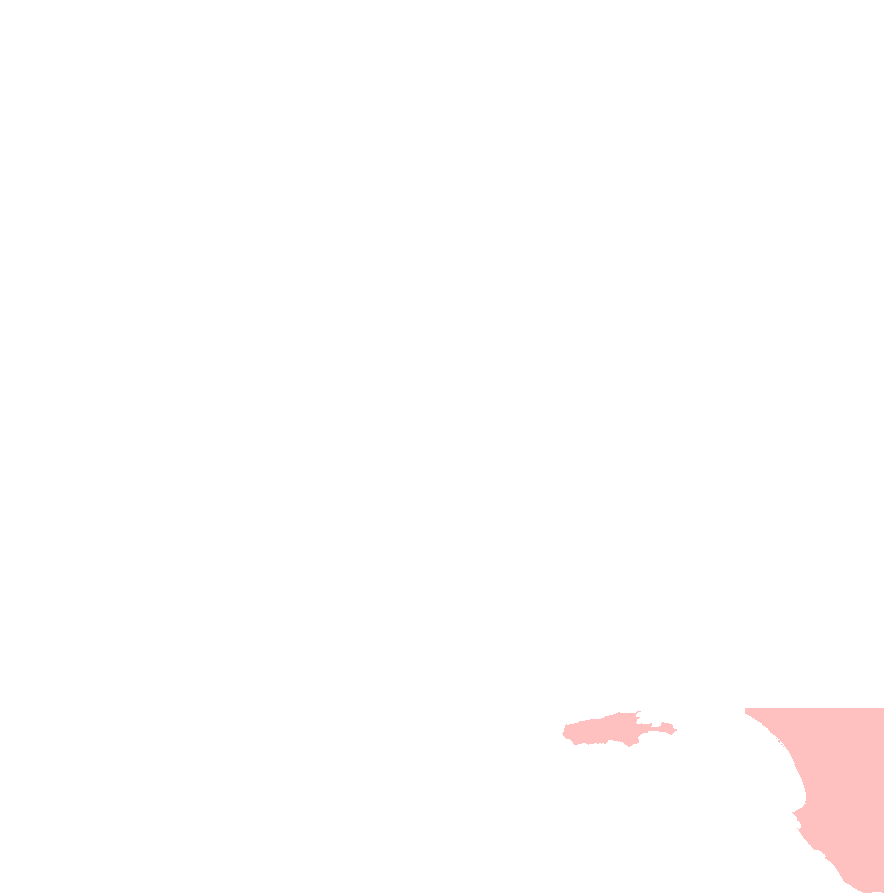
Botanical art
Prior names
Crepis vesicaria ssp. haenseleri
Barkhausia haenseleri
Crepis vesicaria var. taraxacifolia
Crepis taraxacifolia
Common names
Bladder Hawksbeard
Etymology
Crepis from the Greek 'krepis' meaning a foundation or boot; possibly referring to the shape of the fruit. It was first used by Theophrastus as a name for Picris echioides. Vesicaria from the Latin 'vesicarius' meaning bladder-like or having a bladder. Taraxicifolia means having foliage like the genus Taraxacum (dandelion).
Distribution and status
Found on Kangaroo Island and in the lower South-east in South Australia, growing roadsides and other disturbed sites in forest and scrub. Also found in Victoria. Naturalised. Common in South Australia. Common in Victoria.
Herbarium regions: Kangaroo Island, South Eastern
AVH map: SA distribution map (external link)
Plant description
Erect or ascending annual or biennial shrub to 100 cm high, often purplish near base. Young stems with short cobwebbed hairs and usually with stout, reddish spreading gland-tipped hairs. Rosette (well-developed) and lower stem leaves petiolate, oblong to oblanceo-late, usually deeply 1–2-pinnatifid, to 15 cm long and 5 cm wide, shortly bristly all over, upper stem leaves similar to lower or subentire, auriculate. Flower heads erect clusters at terminal with yellow daisy flowers. Flowering between October and November. Fruits are white fluffy daisy head. Seed embryo type is spatulate.
Seed collection and propagation
Collect seeds between December and January. Collect whole heads that are brown and fluffy or collect just the seeds by plucking it off with your fingers. Mature seeds are easily removed. Place the heads in a tray for a week to dry. Then pluck the seeds from the head with your finders. Viable seeds will be fat and brown. Store the seeds with a desiccant such as dried silica beads or dry rice, in an air tight container in a cool and dry place. Seeds are non-dormant, viable seed should germinate readily.